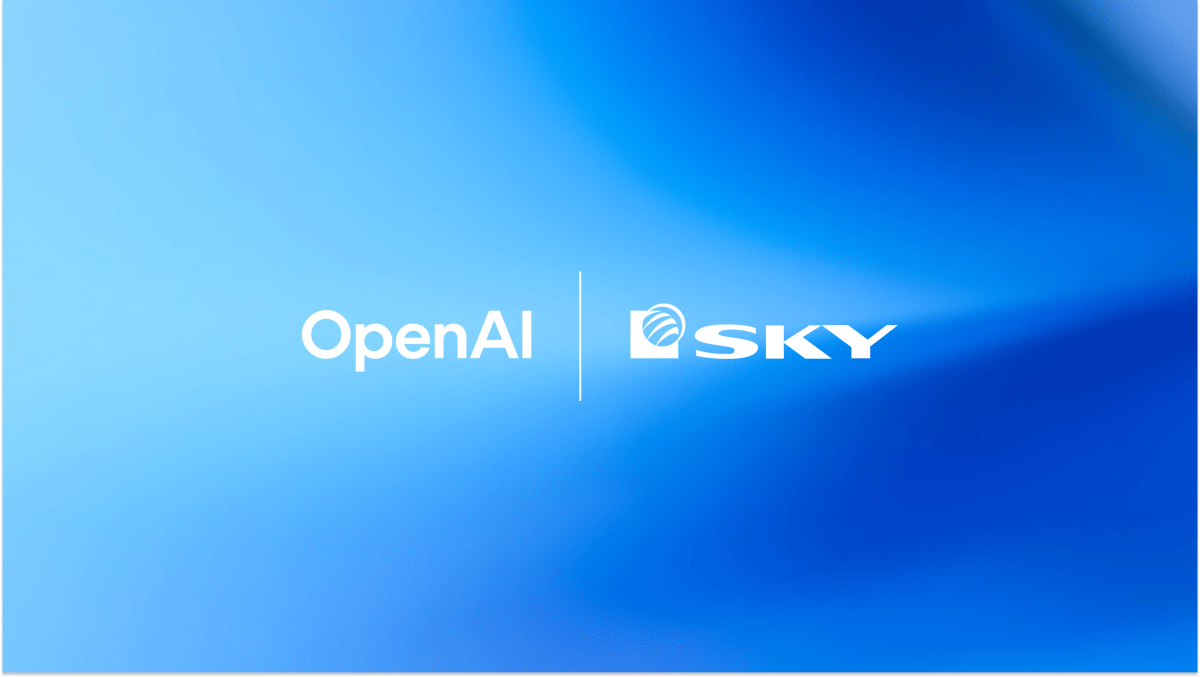OpenAI acquired Sky to bring natural language AI that can view screens and act inside apps on macOS. This device level automation promises productivity gains and simpler workflow automation while raising privacy, permission, and security questions for users and businesses.

OpenAI announced it has acquired Software Applications, Inc. the startup behind Sky a natural language AI interface for macOS that can view a user’s screen and take actions inside apps. The move marks a shift from AI as an information assistant to AI that executes tasks on local devices. How will giving an AI the ability to see and act on a Mac change productivity privacy and platform competition?
Natural language interfaces let people speak or type commands in plain English rather than navigating menus or writing scripts. Sky fused conversational AI with device level automation it interprets what is visible on a screen and then controls applications or runs workflows to complete tasks. The startup’s team includes creators of Apple’s Shortcuts bringing experience in user friendly automation design and macOS integration.
This acquisition comes as AI companies push beyond chat and content generation into task execution. For end users the promise is that routine or multiple step tasks can be completed faster and with less technical know how. For platform owners and regulators the prospect raises new questions about permissions data handling and security when an AI can access on screen content and app controls.
Potential gains: Allowing AI to both understand context on screen and execute actions could shave time from tasks such as compiling reports preparing emails from multiple sources or aggregating data across apps. This lowers the bar for automation making it accessible to people who do not script or build macros.
Democratizing automation: With Shortcuts veterans on board the user experience could favor visual natural language workflows that non technical users can adopt quickly. Harnessing generative AI for workflow automation could enable teams to scale routine processes without heavy engineering effort.
New attack surface: Granting an AI the ability to read screen contents creates sensitive exposure. Screens often display personal data credentials and proprietary information. Security models will need to address both accidental leakage and malicious misuse.
Permission models and consent: macOS already uses granular permissions for camera microphone and file access. Integrating an AI that needs broad contextual access will require careful design including explicit user consent prompts audit logs of actions taken and bounded access scopes to satisfy enterprise and consumer advocates.
Deeper integrations mean AI firms are moving from cloud only assistants to agents capable of controlling local software. That raises platform control questions for Apple and other OS vendors about how much low level access to grant and how to certify such agents. Regulators may push for transparency opt in standards and mechanisms to contest automated decisions especially in environments where data governance matters.
Employees may shift from manual task execution to oversight roles that review AI executed workflows and handle exceptions. Organizations will need policies training and monitoring to deploy such agents safely. Smaller firms may wait until standardized permission and auditing tools become available.
This acquisition aligns with broader automation trends where companies move beyond conversational answers to hands on automation. If OpenAI integrates Sky’s approach into mainstream products it could accelerate adoption of device level AI assistants. At the same time appropriate guardrails will be required for businesses to adopt these capabilities without compromising security or compliance.
OpenAI’s purchase of Sky marks a step toward AI that does more than advise it acts. That shift promises meaningful productivity gains especially for non technical users but it also raises urgent questions about privacy permissions and platform governance. Businesses should watch how OpenAI and Apple design permission models auditing and secure AI integrations and start assessing policies for agents that can access screens and apps. Will users and enterprises trust AI to act on their behalf on local devices The answer will shape how automation is adopted across industries.
Learn how to automate your workflows today and keep privacy front of mind as device level AI becomes part of everyday productivity.



